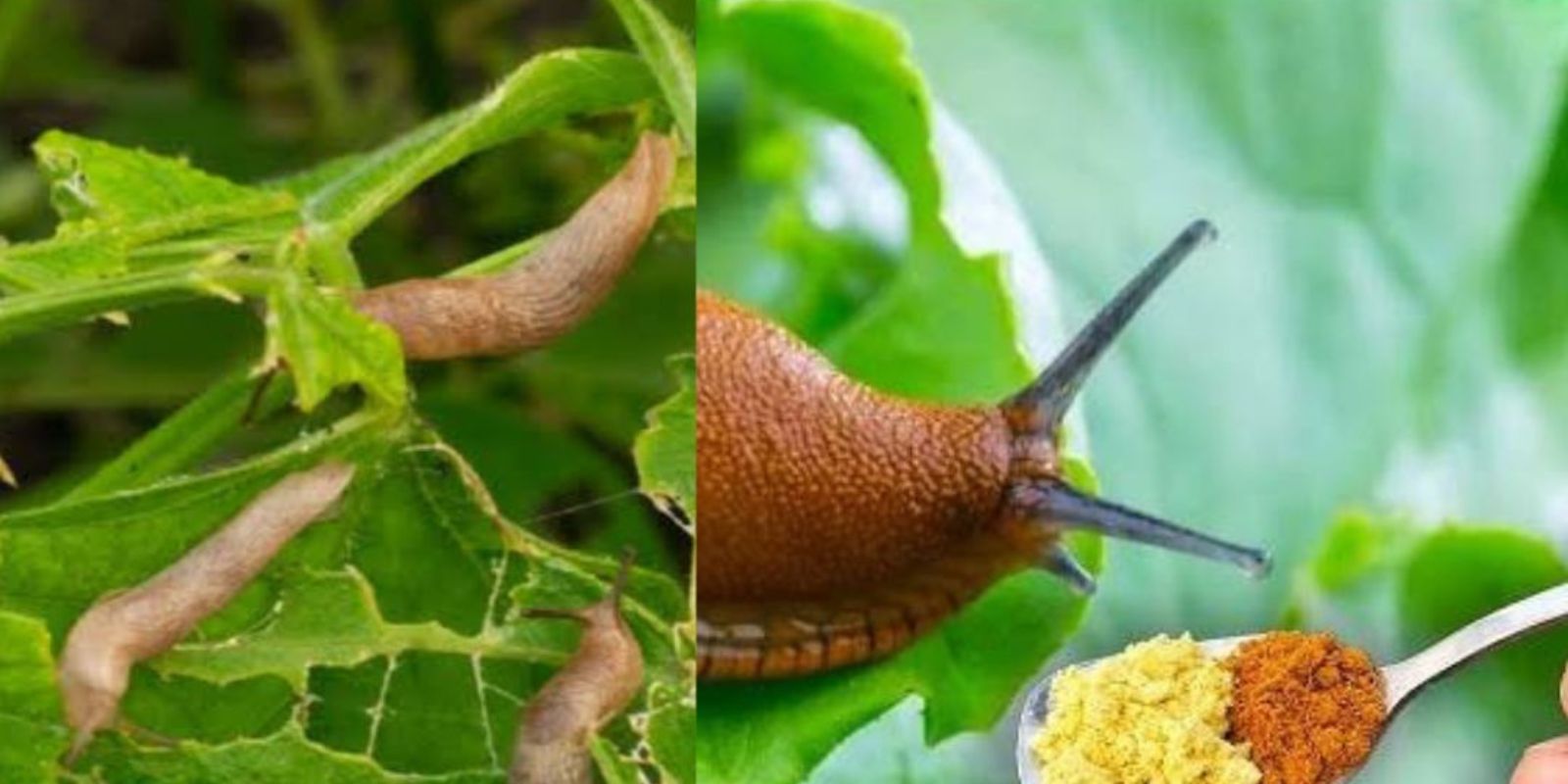Slugs may seem harmless at first glance, but these slimy creatures can cause significant damage to your garden. They chew on tender leaves, flowers, and stems, leaving behind a trail of destruction and slimy residue. If you’re tired of battling slugs and want to protect your plants, it’s time to take action. This article will dive into six effective methods to eliminate slugs and maintain a healthy, thriving garden.
Understanding the Problem: Why Slugs Are Harmful to Gardens
Slugs are nocturnal pests that thrive in damp and shaded areas. They feed on various plants, from leafy greens to delicate flowers, leaving irregular holes and damaged stems. Left unchecked, slugs can decimate young seedlings and ornamental plants, making them one of the most frustrating pests for gardeners.
The key to effective slug control is understanding their habits and implementing strategies that disrupt their environment. The good news? You don’t need harsh chemicals or complicated measures to keep them at bay. These six simple and natural methods will help you reclaim your garden.
1. Handpicking Slugs at Night
Slugs are most active during the evening and early morning when the environment is damp. By handpicking them at night, you can significantly reduce their population.
- How to Do It: Equip yourself with gloves and a flashlight. Carefully inspect the soil, under leaves, and around plant bases. Remove any slugs you find and dispose of them far from your garden or in a bucket of soapy water.
- Pro Tip: For faster results, lay down a damp wooden board or pieces of cardboard overnight. In the morning, slugs will gather underneath, making it easier to collect them.
2. Beer Traps for Slugs
Beer traps are an effective and affordable way to lure and eliminate slugs. Slugs are attracted to the smell of beer, and when they crawl in, they can’t escape.
- How to Set a Beer Trap:
- Take a shallow dish or small container.
- Bury it in the soil so the rim is level with the ground.
- Fill the container with beer, preferably stale beer, as the scent is stronger.
- Check and empty the traps daily.
This method is particularly effective for small gardens or specific problem areas.
3. Create a Natural Barrier with Crushed Eggshells
Slugs dislike rough and sharp textures, making crushed eggshells an excellent natural barrier around plants.
- Steps to Use Eggshells:
- Collect and clean eggshells, ensuring no food residue remains.
- Crush them into small pieces and sprinkle a thick layer around the base of vulnerable plants.
- Reapply as needed, especially after rain, to maintain the barrier.
Other abrasive materials, such as diatomaceous earth or coarse sand, can also deter slugs effectively.
4. Use Copper Tape
Copper is a natural slug repellent due to its reaction with the slime on a slug’s body. This creates an unpleasant sensation that keeps slugs away.
- How to Apply Copper Tape:
- Purchase adhesive copper tape from gardening or hardware stores.
- Wrap the tape around the edges of pots, raised garden beds, or plant stems.
- Check regularly to ensure the tape remains intact and free of dirt.
This is an ideal solution for protecting container plants and small garden sections.
5. Apply Organic Slug Baits
Organic slug baits are an eco-friendly way to reduce the slug population without harming pets or beneficial wildlife.
- Best Practices for Using Slug Baits:
- Choose a bait containing iron phosphate, which is safe for gardens and pets.
- Scatter the bait around plants in the evening, as slugs are most active at night.
- Avoid overapplying, as this can be wasteful and less effective.
These baits disrupt the slug’s digestive system, leading to their eventual elimination.
6. Encourage Natural Predators
Nature provides its own slug control in the form of predators like birds, frogs, toads, and hedgehogs. By creating a welcoming environment for these creatures, you can maintain a natural balance in your garden.
- How to Attract Predators:
- Build birdhouses or place feeders to attract slug-eating birds like thrushes and blackbirds.
- Add a small pond or water source to encourage frogs and toads.
- Create sheltered areas, such as log piles, to invite hedgehogs into your garden.
Avoid using chemical pesticides, as these can harm beneficial predators.
Bonus Tips for Long-Term Slug Control
While the above methods are highly effective, a few additional steps can help you maintain a slug-free garden over time:
- Keep the Garden Tidy: Remove debris, fallen leaves, and weeds where slugs may hide.
- Water Plants in the Morning: Watering early in the day ensures the soil dries out by evening, reducing the damp conditions slugs prefer.
- Plant Slug-Resistant Varieties: Consider growing plants like lavender, rosemary, or ferns that slugs are less likely to eat.
Conclusion: Protect Your Garden with Simple, Natural Solutions
Slugs may be persistent pests, but with the right strategies, you can protect your plants and enjoy a thriving garden. From handpicking and beer traps to natural barriers and inviting predators, these methods are easy to implement and highly effective.
So why wait? Start taking steps today to reclaim your garden and say goodbye to slug damage for good!
🌱 What’s your favorite slug control method? Share your tips in the comments below!

